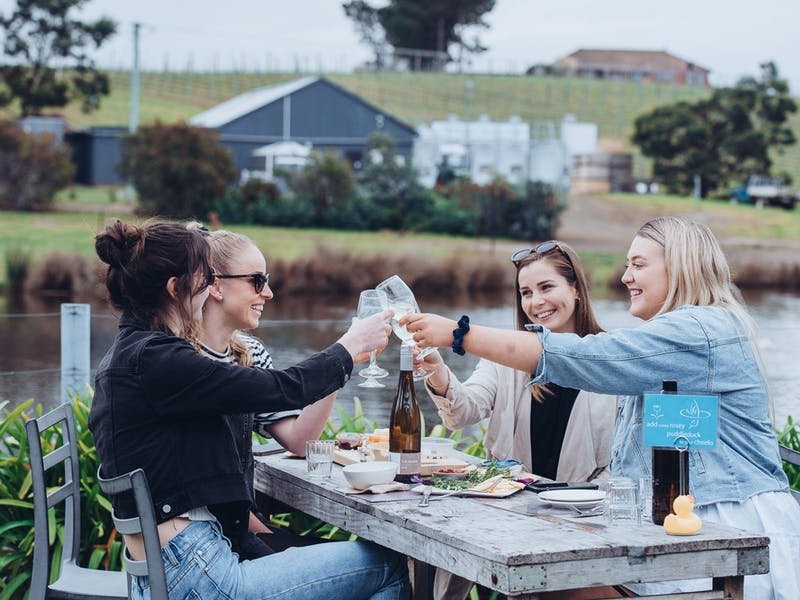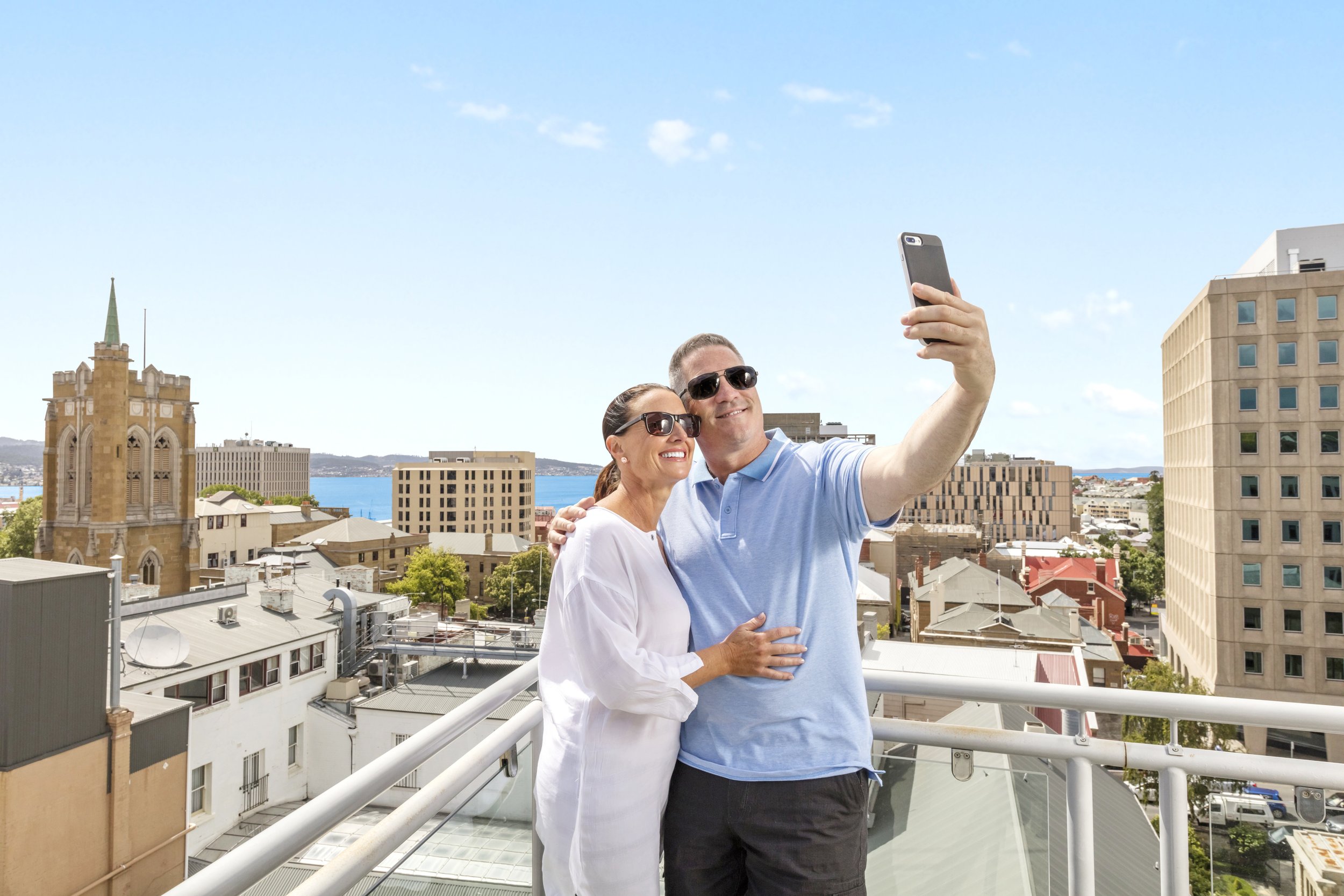Hobart City History
Hobart is the capital of Tasmania, and the second oldest city in Australia. Founded in 1804, it is the most populous city in Tasmania and home to almost a quarter of the state's population. The city is situated on the Derwent River and has a deep-water port. Hobart has a long and fascinating history. During the early 1800s, it was used as a necessary port for the passage of convicts sent to establish country’s first penal colony.
Hobart has been home to many of Australia's most important moments in history. It was the site of the first European settlement in Tasmania, when Lt John Bowen and a small group of settlers established the Hobart Town settlement in 1804. The city grew slowly but steadily over time, becoming an important port for the transportation of convicts to Australia's penal colonies.
The population also increased with the influx of free settlers, including former convicts, during the early 1800s. These new citizens developed a strong sense of community that gave rise to many institutions and organizations, such as churches, schools and banks.
Hobart City Services & Accommodation
-

Accommodation
-

Car Rental
-

Wine Tours
-

Bus Transport
-

Airport Transfers
-

Minibus Hire
By the mid-1800s, Hobart had become an important center for trade and industry. Its harbor was used by ships from around the world for trade and travel; its factories produced woolen goods; and its wealthy citizens built grand homes throughout the city. In fact, it was even home to Australia’s first stock exchange in 1861.
During World War II, Hobart served as an important military base for Allied forces fighting against Japan in Asia and the Pacific Ocean. The city also served as a major refueling port during wartime operations throughout the region. Afterward, it became a popular tourist destination due to its unique culture and stunning landscapes. Today, Hobart is a vibrant city full of history and culture. It is home to numerous historic sites such as Salamanca Place – once a hub for convict labor – as well as many museums and galleries that showcase its rich past. There are also plenty of outdoor activities available such as bushwalking, sailing, biking and kayaking within close proximity to Hobart City’s CBD area.
Hobart City, located at the mouth of the Derwent River in Tasmania, is a city steeped in history. As one of Australia's oldest cities, it was established as a penal colony by the British in 1804. In its early years, Hobart saw a steady increase in population through the influx of free settlers and former convicts. This gave rise to many institutions such as churches, schools and banks that formed an important part of the city's cultural identity.
By the mid-1800s, Hobart had become an integral trading port that shipped woolen goods across Australia and beyond. In 1861, it was also home to Australia’s first stock exchange. During World War II, Hobarrt served as a major military base for Allied forces fighting against Japan and became a popular refueling spot throughout Asia and the Pacific Ocean.
In modern times, Hobart City is still known for its unique culture and stunning landscapes. A tourist destination in its own right, Hobart has many historic sites such as Salamanca Place – once a hub for convict labor – as well as museums and galleries that showcase its rich past. Visitors can also enjoy plenty of outdoor activities including bushwalking, sailing, biking or kayaking within close proximity to the city centre of Hobart CBD area.
Hobart City is home to many beautiful buildings, from Georgian-style sandstone structures to Victorian terrace houses. The Tasmanian Museum and Art Gallery, located in the heart of the city, is a must-see for its extensive collection of artworks, objects and artefacts that trace the history of Tasmania.
The Theatre Royal in Hobart is Australia's oldest working theatre. Built in 1834, it has hosted numerous performances over the years including plays, concerts and musicals. It is also believed to be haunted by the ghost of an actor who died during a performance in 1932!
St George's Church on Elizabeth Street is another grand building in Hobart City. Dating back to 1836, this Anglican church features Gothic Revival architecture with beautiful stained glass windows and a Neo-Classical spire that towers up into the sky. Other historic churches worth visiting include St David's Cathedral (1841) and St Mary's Catholic Church (1846).
Meanwhile, Salamanca Place is one of Hobart's most popular attractions with its Georgian-style warehouses made from sandstone blocks set along the waterfront. Nowadays the place is buzzing with activity from restaurants serving fresh seafood dishes to galleries exhibiting local artwork.
Hobart City also boasts some impressive modern buildings such as the World Trade Centre Tasmania – formerly known as CSIRO Marine Laboratories – which was built in 1976 and used for researching marine ecosystems until 2004. Another noteworthy structure is MONA (Museum of Old and New Art), an edgy contemporary art museum established by philanthropist David Walsh in 2011 that has become one of Tasmania’s most popular tourist attractions.
Hobart City is home to many famous people, and has been since its early days. One of the oldest inhabitants is the convict-turned-artist, Thomas Bock. He was sent to Van Diemen's Land (now Tasmania) in 1822 and went on to create some of the most iconic portraits of Tasmanians during the colonial period.
Another notable Hobart resident was Abel Tasman, a Dutch explorer who arrived in 1642 and named this part of Australia after himself – Tasmania. Although he never set foot in Hobart itself, he discovered much of the surrounding area including Maria Island, Bruny Island and Cape Grim.
The world renowned author Richard Flanagan also hails from Hobart. Known for his award winning novel 'The Narrow Road to the Deep North', Flanagan won the Man Booker Prize in 2014 for this work which details an Australian soldier's experience during World War II.
Finally, another famous Hobart native is David Walsh – entrepreneur, philanthropist and art collector. As founder of MONA (Museum of Old and New Art), Walsh has made it his mission to bring contemporary art to Tasmania and beyond. His private collection includes more than 1,400 pieces by Australian artists such as Sidney Nolan, Arthur Boyd and Brett Whiteley as well as international works from Damien Hirst and Jeff Koons amongst others.










